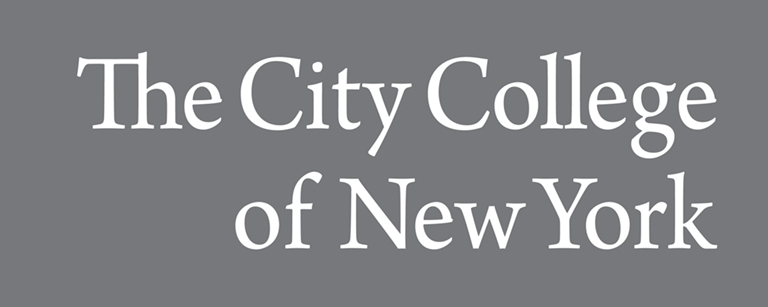This course explores contemporary Harlem, which is at a crossroads. After three centuries and five decades of continues development, Harlem is poised for a rebirth. But unlike the cultural-artistic movement of the 1920s, this renaissance is political, class and economic driven. As brownstones and buildings that once stood empty for decades are rehabilitated and vacant land is redeveloped, and new homeownership opportunities are created through public and private partnerships, Harlem’s longtime residents and small businesses are in jeopardy of being displaced and the cultural identity of Harlem potentially lost.
Students will position themselves as community activists engaged with libraries and archives, community boards, non-profits, and city and state agencies with an aim toward creating useful resources that can inform public policy to achieve affordable housing and sustainable equitable economic and community development for both longtime residents, businesses and newcomers.
In their examination of gentrification, students will consider its effect on the Harlem community, their own lives, and their families. Students will apply critical thinking and explore how to preserve the social, cultural and architectural history of Harlem. Students will have the option to choose from several themes to either work in groups or independently.


